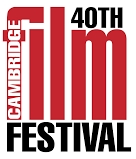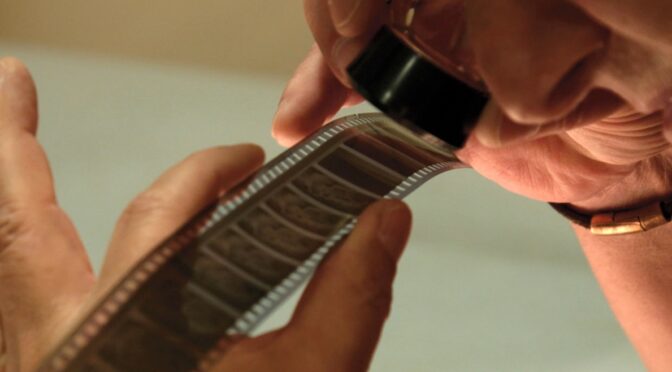 FILM, THE LIVING RECORD OF OUR MEMORY, directed by Inés Toharia, is a compelling account of all aspects of film preservation. The philosophical documentary spans 125 years of the history of moving images, going beyond addressing what to archive and how to restore it.
FILM, THE LIVING RECORD OF OUR MEMORY, directed by Inés Toharia, is a compelling account of all aspects of film preservation. The philosophical documentary spans 125 years of the history of moving images, going beyond addressing what to archive and how to restore it.
The film explores particularly well why we interact with old films, why we need to protect our film heritage, and why we need to consider film as both art and historical evidence worthy of preservation. The familiar and the odd aspects of the past are constantly related to the present, including the problems of digitisation or sustainable storage, which may successfully resonate with contemporary audiences while staying accessible to beginners, cinephiles and scholars alike.
Although the topic of preservation may sound contemplative and mundanely technical – inviting images of discarded dusty nitrate film cans or manually restoring cracked frames – Toharia’s work demonstrates that an educational documentary can be engaging if infused with intensity and love. Rather than featuring an omniscient male narrator (as does Scott Benson’s similarly themed THE RACE TO SAVE 100 YEARS), the film feels invigorating and more compelling by giving voice to a wide array of passionate collectors, restorers and filmmakers from all over the world. Each aspect draws the viewer closer to the major themes in film preservation: global challenges and efforts, practical tasks, technical questions, aesthetic dilemmas, ephemeral and orphan films, and, last but not least, the environmental costs.
“Rather than featuring an omniscient male narrator (as does Scott Benson’s similarly themed THE RACE TO SAVE 100 YEARS), the film feels invigorating and more compelling by giving voice to a wide array of passionate collectors, restorers and filmmakers from all over the world.”
Reflections are interspersed with fascinating scenes of restored footage coupled with quotes, loosening up the dense flow of commentary, such as Mr & Mrs Einstein pretending to drive a car, Charles Burnett’s Killer of Sheep, or a hand-painted avant-garde film of Brakhage. The quotes allow the inclusion of those who would have been unable to participate, or historical figures in film, such as Orson Welles: “Film has a personality, and that personality is self-destructive. The job of the archivist is to anticipate what the film may do—and prevent it.”
“Archivists are not only appreciated for their contribution to preserving films, but also for their crucial role in writing and rewriting history […], custodians of the truth distilled in films, protecting films against decay, changing regimes, ignorance, and neglect.”
Archivists are not only appreciated for their contribution to preserving films, but also for their crucial role in writing and rewriting history. Through the personal stories and mission statements, film archivists are championed as monks working in archival ‘monasteries’ and activists, custodians of the truth distilled in films, protecting films against decay, changing regimes, ignorance, and neglect. Henri Langlois (who saved many films during the Nazi occupation), Martin Scorsese (who has sent preservation guides to film studios), Sam Kula (who facilitated UNESCO’s adoption of films as cultural heritage), PK Nair (who founded the National Film Archive of India), and thousands of others play significant roles in the safeguarding of moving images. But FILM, THE LIVING RECORD OF OUR MEMORY also pulls the audience into the circle of custodians: viewers are invited to reflect on video production and preservation practices: is there any value or responsibility in randomly making and storing videos on our portable devices? How is filmic memory shaping and reshaping the mounting evidence gathered to understand and learn from human history?
The documentary goes to great lengths to ensure that each subject brings a unique viewpoint to the story, shedding new light on a different aspect of film preservation in lightly grouped, unmarked chapters. However, the dominant editing style of the sequence of comments upon comments and quotes upon quotes on the importance of and challenges in preserving moving images becomes eventually exhausting. The all-encompassing 119-minute love letter to film preservation appears to be overtaxing for a feature film style documentary. A serialised version – breaking up the comprehensive flow of sequences into more clearly grouped thematic episodes – could potentially keep viewers wanting to have more. Although lengthy, FILM, THE LIVING RECORD OF OUR MEMORY is a call to action, urging each of us to support film preservation for a more authentic understanding of our past, present and future. By the way, have you clicked on the record button on your phone today?

